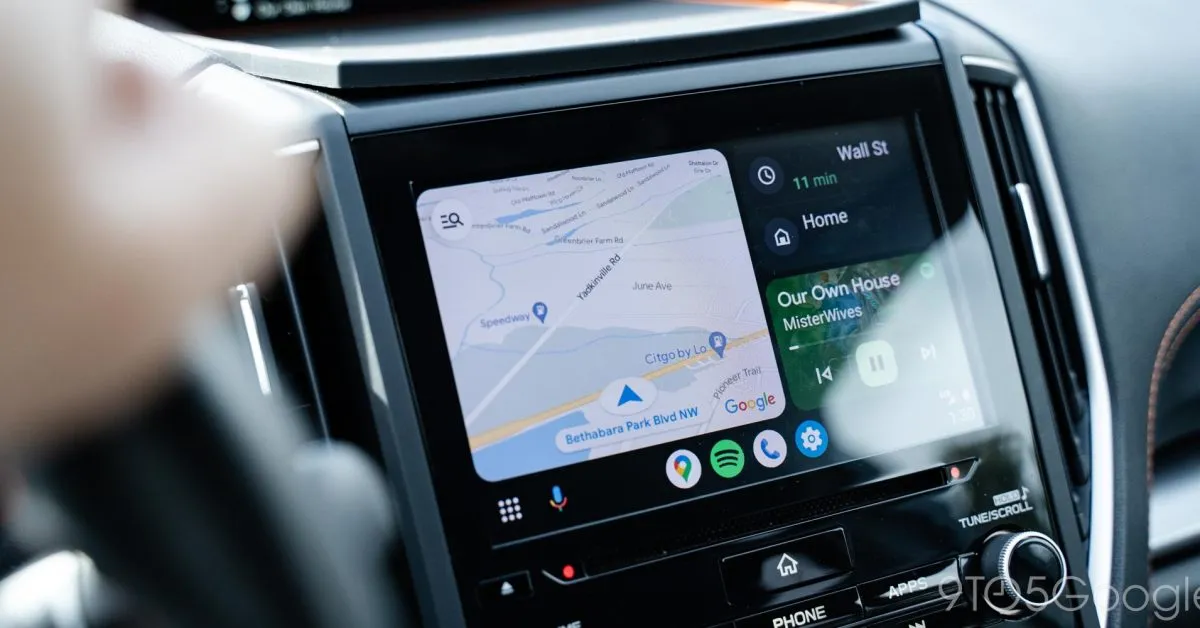
In a recent development, Google has hinted at a potential integration of smart glasses with Android Auto through a new beta update. However, several questions remain unanswered as to what this could mean for users. This article delves into the details of the update, highlighting the implications of these changes and what they could mean for the future of smart driving technology.
As part of our APK Insight series, we’ve dissected the latest version of an application that Google uploaded to the Play Store. By decompiling these files, known as APKs in the context of Android apps, we can uncover various lines of code that suggest potential future features. It’s important to note that Google may or may not implement these features, and our interpretation might not fully capture their essence. We aim to showcase those features that appear to be nearing completion to give you a glimpse of what could be on the horizon.
The latest update, Android Auto 14.2, has begun rolling out in beta form. While this update doesn’t introduce any immediately visible changes for users, the underlying code provides intriguing hints at possible future enhancements. During our thorough examination of the update, we discovered strings that suggest the introduction of a “default music provider” for the Assistant (likely linked to the upcoming Gemini) and ongoing efforts to replace the term “car” with “vehicle.” This change extends to the phone screen pop-ups, which now instruct users to “Continue setup on vehicle screen.”
One of the most striking discoveries in this version of Android Auto is the mention of “Glasses.” A new option labeled “Glasses” appears, along with a string referencing using “Glasses” during navigation. The phrase “Start navigation to launch Glasses” raises questions, as it suggests that “Glasses” may play a role in navigation. This leads to the assumption that Google is exploring the idea of integrating smart glasses with navigation features.
Interestingly, a Hindi version of Android Auto 14.2, as pulled by Android Authority, translates this string to “To view navigation on smart glasses, start navigation.” This translation provides a clearer context for what Google might be planning, even though the English version remains somewhat ambiguous.
Given that the primary goal of Android Auto has always been to present information—such as navigation, music, and messages—in a safer manner for drivers, the concept of smart glasses appears to be a logical progression. This is especially relevant as Google recently showcased its prototype for Android XR glasses, although a release date for these products remains unannounced.
As we look ahead, it is hoped that future updates to Android Auto will shed more light on these developments. Currently, the specifics surrounding the integration of smart glasses are still rather unclear, leaving users eager for more information.
In addition to the potential glasses integration, there have been other notable features recently introduced in Android Auto. For instance, the platform has added a new button to exit to the car’s infotainment system for select users, and it now allows users to play games on their car’s display, contingent on specific requirements. Furthermore, the Android Auto 14.0 update is also rolling out more widely, providing additional functionality and improvements.